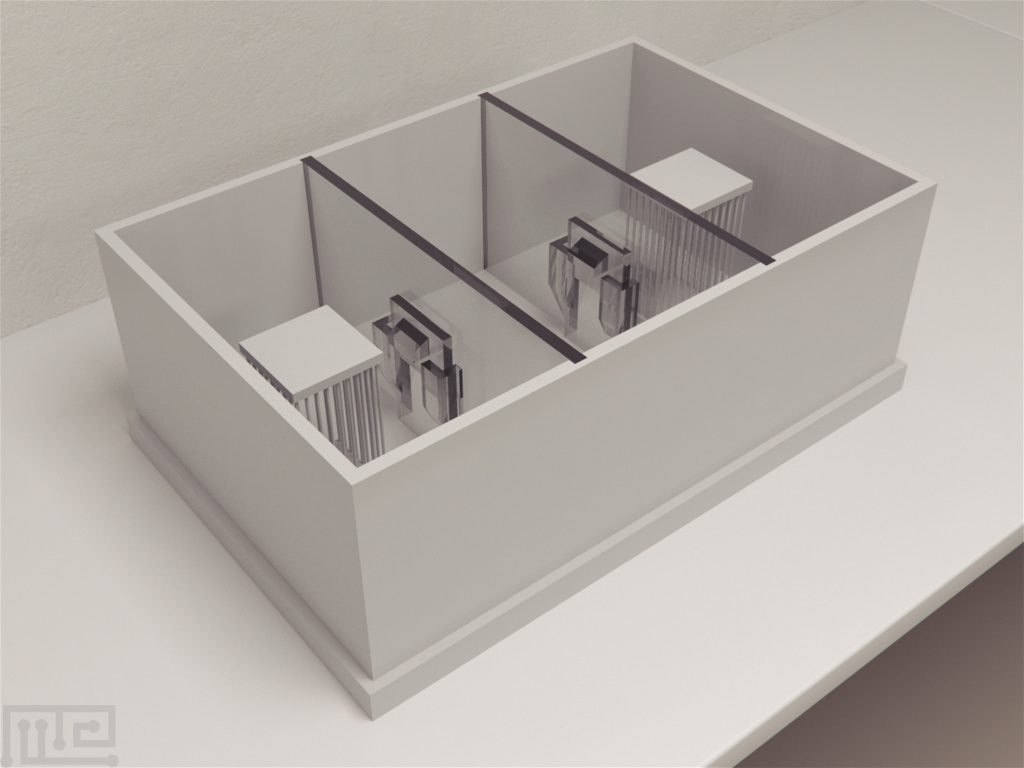$1,990.00
10% off with your subscription Membership

Specifications
This 3-chambered device is a fantastic contraption for researchers studying socialization who require an apparatus in which variables may be altered to change the premises of the experiment. The design permits socialization but disallows aggravated socialization so that auspicious and accurate data may be collected. Measurable factors include transitions between chambers, time spent in direct contact, and unique behavioral variables such as jumping and grooming. Accouterments for this product include floor cues, stainless-steel grids or perforated stainless-steel, to forge an aversive stimulus, and removable doors to establish biased and unbiased conditioned place preference testing.
| Weight | N/A |
|---|---|
| Species | Mouse, Rat |
| Brand | MazeEngineers |
You must be logged in to post a review.
DISCLAIMER: ConductScience and affiliate products are NOT designed for human consumption, testing, or clinical utilization. They are designed for pre-clinical utilization only. Customers purchasing apparatus for the purposes of scientific research or veterinary care affirm adherence to applicable regulatory bodies for the country in which their research or care is conducted.

Reviews
There are no reviews yet.